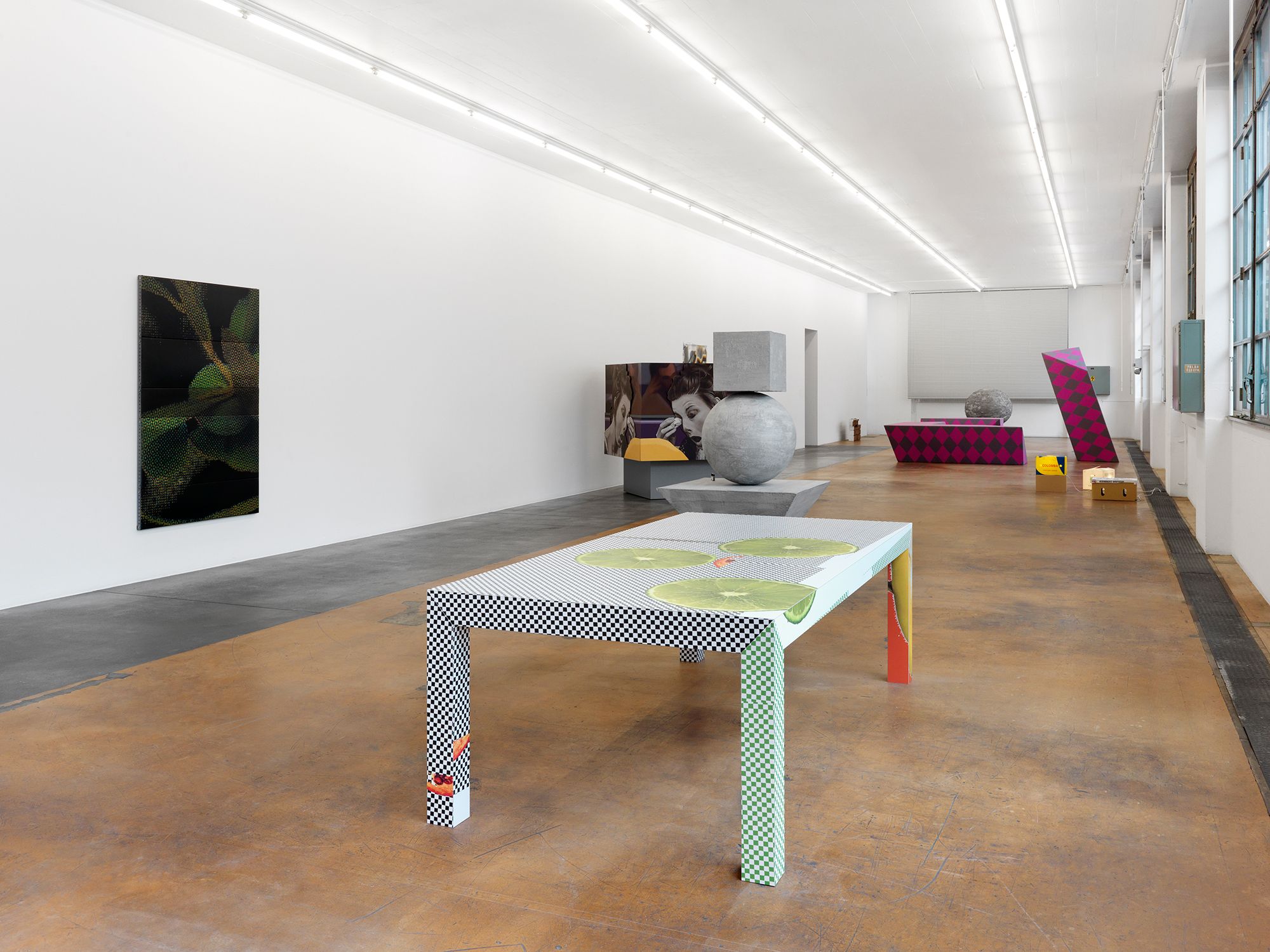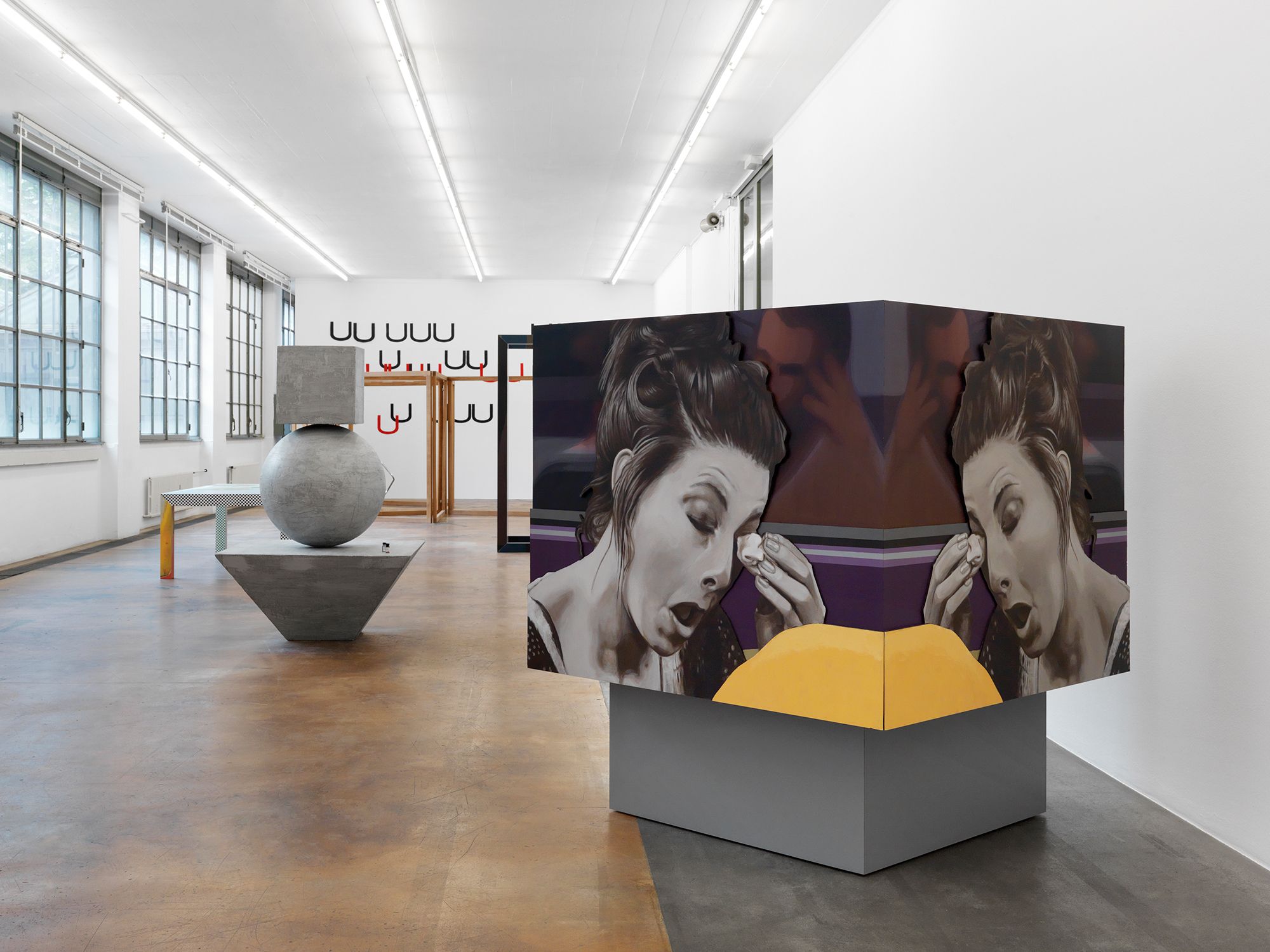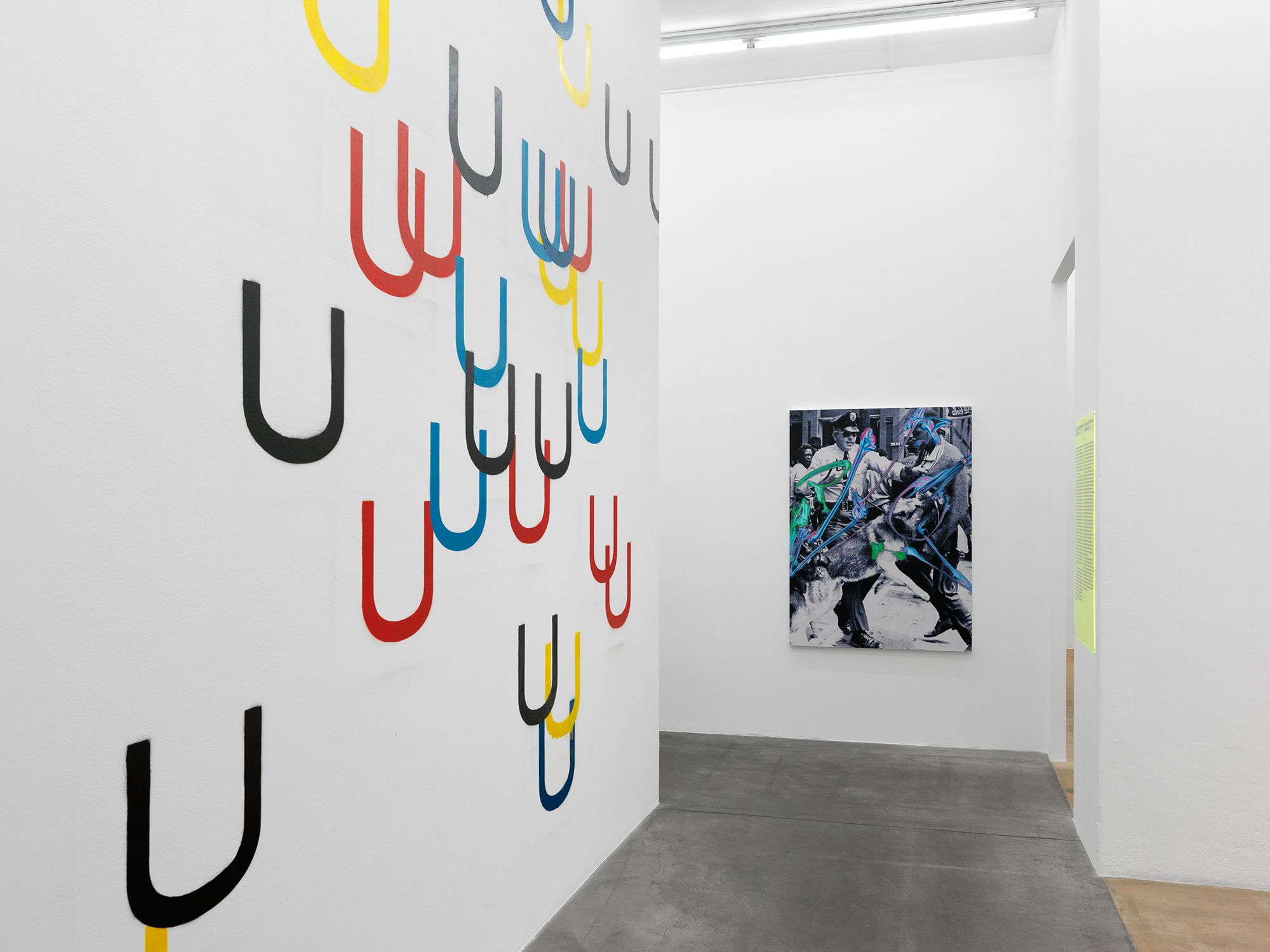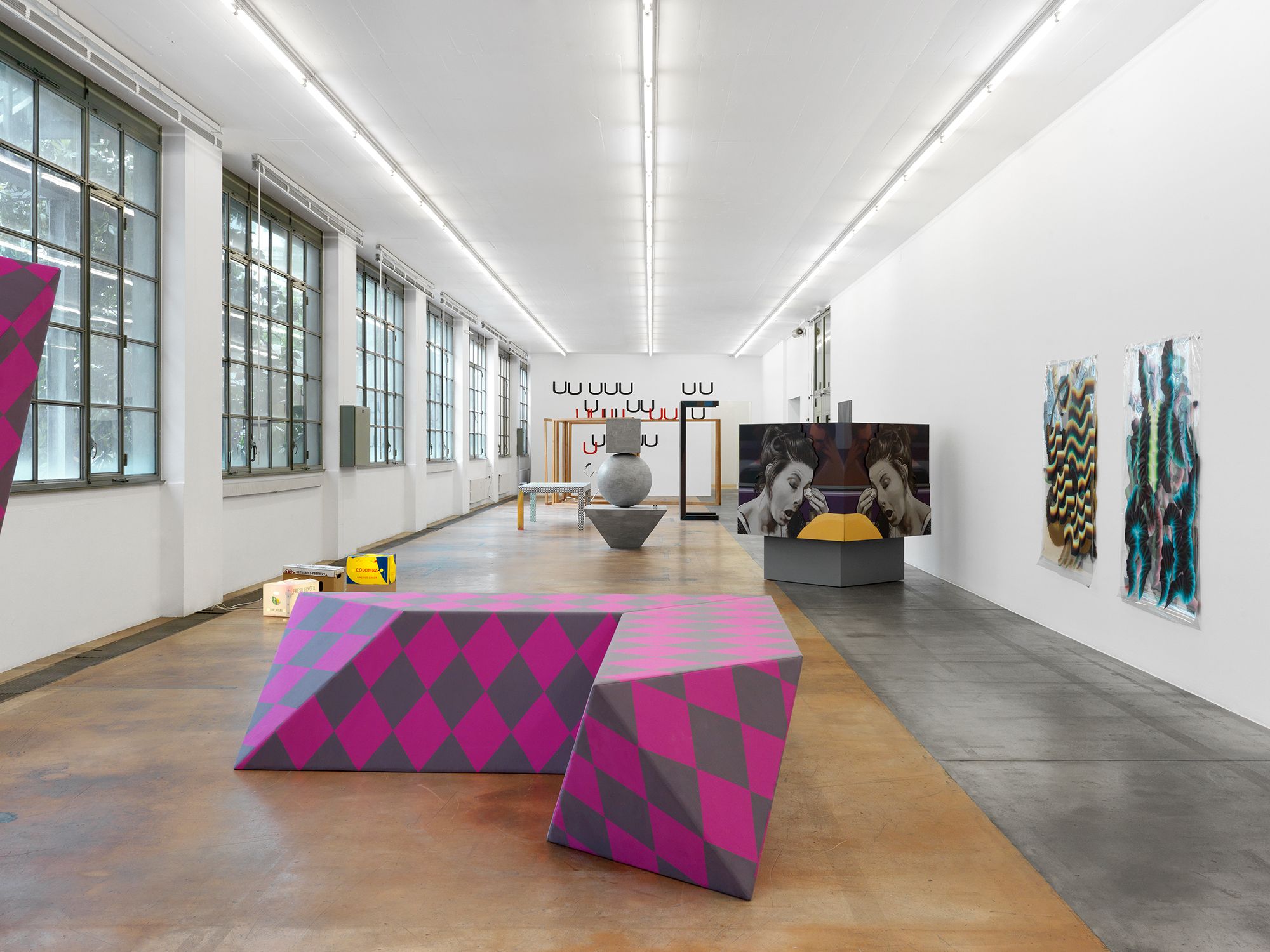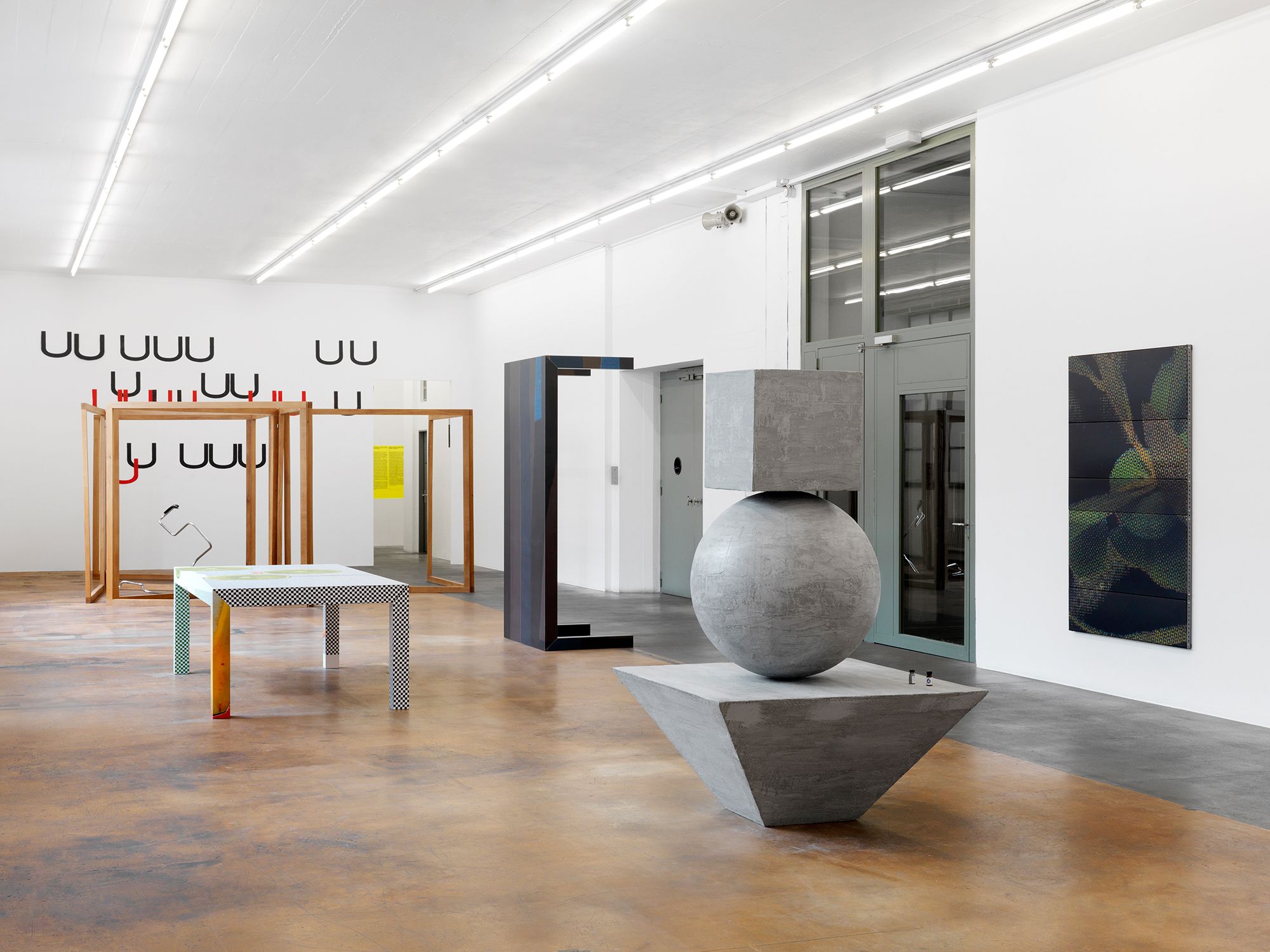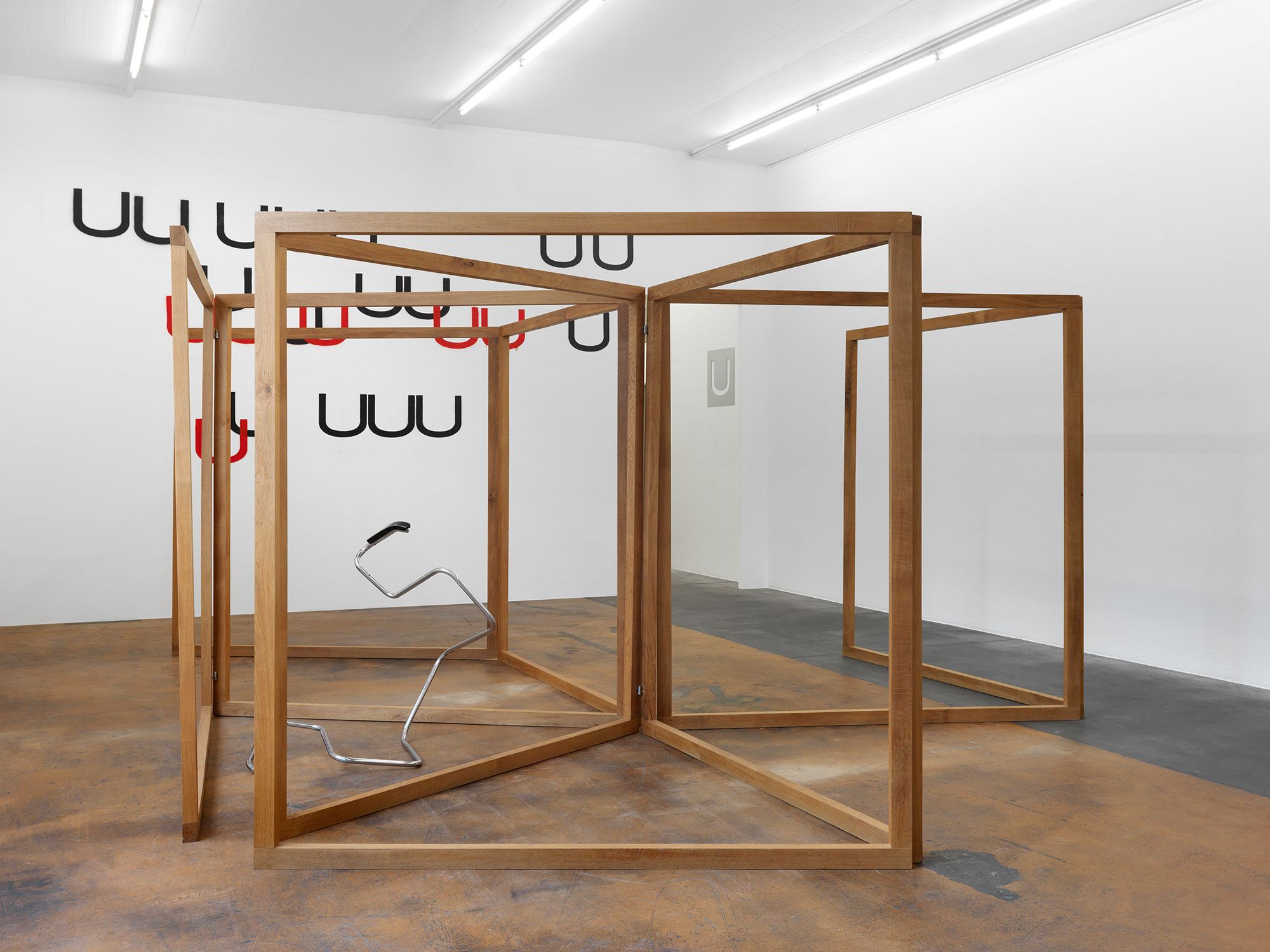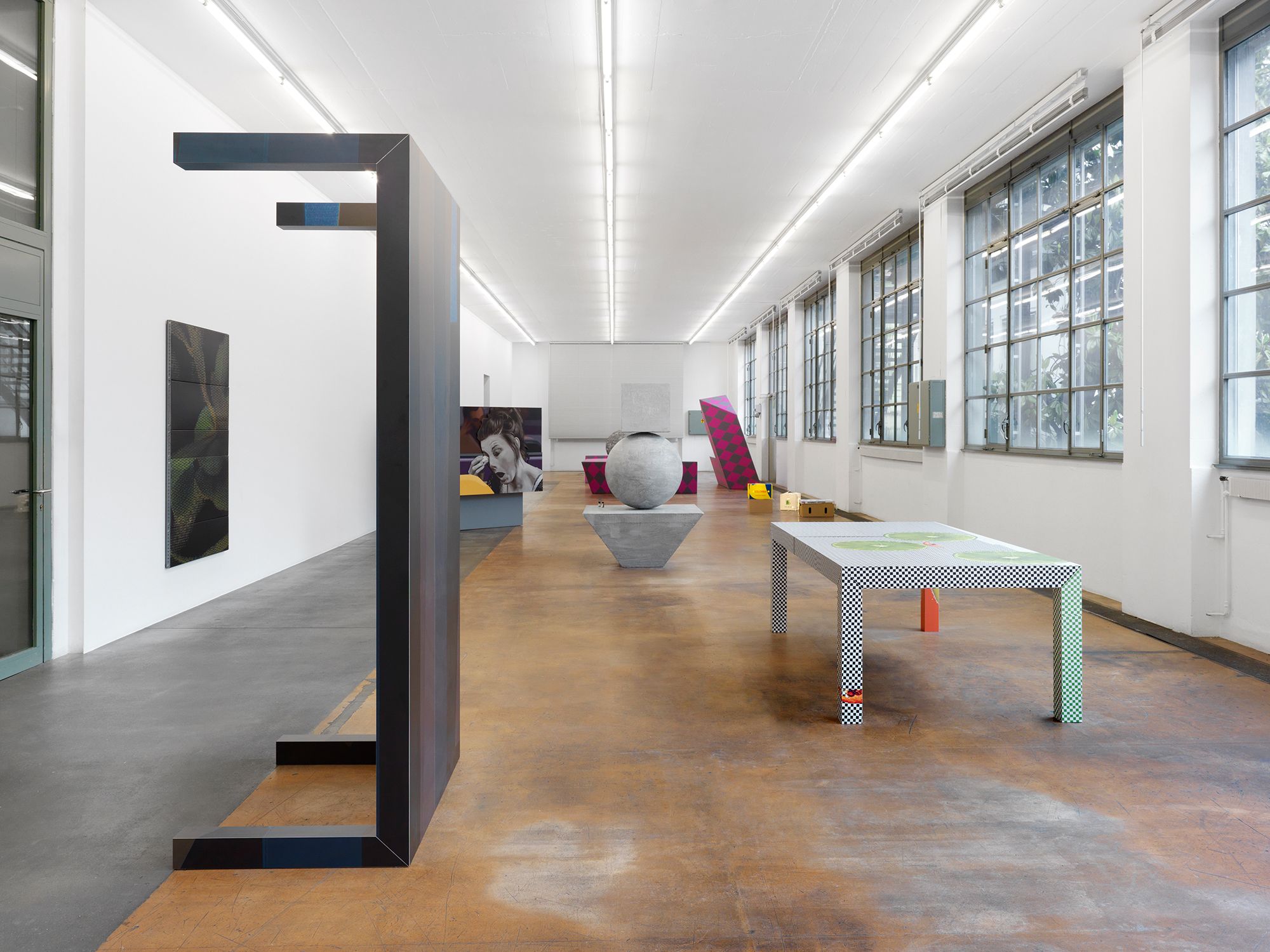The title of MAMCO’s sequence of exhibitions, the first which were organized by the new director Lionel Bovier, “Récit d’un temps court” (a short time’s story) refers to the ways in which a period is divided up by historians and underlines the narrative dimension of the museum’s discourse. Accordingly, the museum’s collections, which range from the 1960s up to the present day, had been organized chronologically from the 3rd to the 1st floor. By means of both monographic and collective presentations, constructed around some of the collection’s principal works and supplemented by external loans, the museum showed how movements, critical concepts, and new attitudes have emerged in the art of recent decades. Visitors thus moved from discussion of an “art of the real” in the 1960s to Minimal and Conceptual art; from the relationships between art and architecture to those between sculpture and performance in the 1970s; from Appropriation to the “cultural turn” of the 1980s; and from the “relational aesthetics” of the 1990s in Europe to the New York scene of the 2000s. In addition to artists never previously shown at MAMCO, such as Charlotte Posenenske, General Idea, and Renée Green, visitors found again works by Guy de Cointet, Xavier Veilhan, and Franz Erhard Walther, in new configurations―an articulation that signals both renewal and heritage.
This reorganization was also reflected in the collection’s development politics: a number of important groups of works entrusted to the museum have been acquired in 2016, the most noteworthy of these being L’Appartement, the collection assembled by Ghislain Mollet-Viéville. Artists too, in particular Jim Shaw and John Miller, have offered works that were conspicuously absent from the museum. Collectors have also helped enrich the collection by enabling the acquisition of an important piece by Sherrie Levine, and by offering works by Wade Guyton, Francis Baudevin, and Tobias Madison and Emanuel Rossetti. The museum friends’ association, the AMAMCO, meanwhile, has made possible the purchase of two pieces by Seth Price. Most of these new acquisitions were presented in this sequence and color-coded labeling has been employed in order to distinguish loans from works belonging to the collection.
The fourth floor was devoted to a temporary exhibition that looked back over the dialogue between the art scenes of French-speaking Switzerland and New York in the 1980s and 1990s, a period that encompasses Olivier Mosset’s talk of “radical painting” with Marcia Hafif, John Armleder’s conversations about “cultural geometry” with Peter Halley, and the repercussions of these discussions on artists of several successive “generations.” Constructed from local collections, both public and private, the aim behind this show (GVA-JFK) was to offer another episode in this “story of a short time,” one that precedes the opening of MAMCO and traces its early years through the prism of geography.
- Exhibition curated by Lionel Bovier
